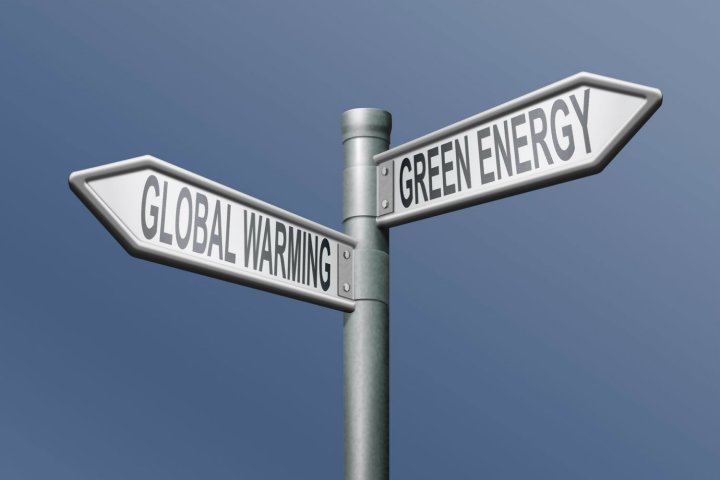
This means reducing global greenhouse gas emissions by up to 70 percent by 2050, the aim being to go fully carbon neutral by 2100. 180 countries have submitted plans to limit their greenhouse gas emissions, but the pledges do not quite match the goal.
“We’ve agreed to what we ought to be doing, but no one has agreed to go do it,” Dennis Clare, a negotiator for the Federated States of Miconesia told the Huffington Post UK. The 196 countries and 150 world leaders that participated in the conference have yet to ratify the published agreement.
The document “urges” countries to increase financial support for developing nations coping with climate change, especially small islands expected to be hit the hardest by rising sea levels. 280 million people live on coastlines in danger of being submerged by the end of the century, and small island nations suffer disproportionately from increasing storms.
Critics of the agreement, such as Professor James Hansen, the former NASA scientist sometimes called “the father of climate change,” have been very vocal in pointing out that the deal has little actual impact. Speaking to the Guardian, he said, “It’s a fraud really, a fake … There’s no action, just promises.”
The agreements to reduce emissions contain no mention of concrete consequences for offending polluters — those who break the agreement. There are no sanctions, taxes, or other means of punishing those who fall short of the targets set by COP21 included. In fact, consequences seem to have been left out of the document entirely.
“As long as fossil fuels appear to be the cheapest fuels out there, they will continue to be burned.” Professor Hansen said. The burning of fossil fuels is a sticking point for resource-poor nations heavily dependent on their use. Professor Hansen went to Paris, where the talks were held, and again suggested a “fee” of $15 for every tonne of carbon emitted, with the funds distributed to residents of the respective countries on a per capita basis. That would mean each legal adult resident of the United States, for example, would get about $2,000 as an apology from the government for breaking the agreement and allowing emissions to continue, while a family with two or more children would get about $6,000 a year. Not surprisingly, such measures were not included in the UN’s published agreement.
It remains to be seen if and when enough concrete steps will be taken by the world’s nations to prevent Hansen’s prediction: a sea level rise of about five meters by 2100. Along with several colleagues, Professor Hansen published a paper in July outlining dire predictions of the nearing effects of global warming; the planet’s ice sheets are melting faster than previously thought. If things proceed this way, many of the world’s major cities will be inundated.
“We’re talking about hundreds of millions of climate refugees from places such as Pakistan and China.” Hansen said. This is not to mention that places like New York will also be underwater by those projections. The IPCC (Intergovernmental Panel on Climate Change) doesn’t agree with those numbers, instead predicting a much lower rise of about a meter by the end of the century.

